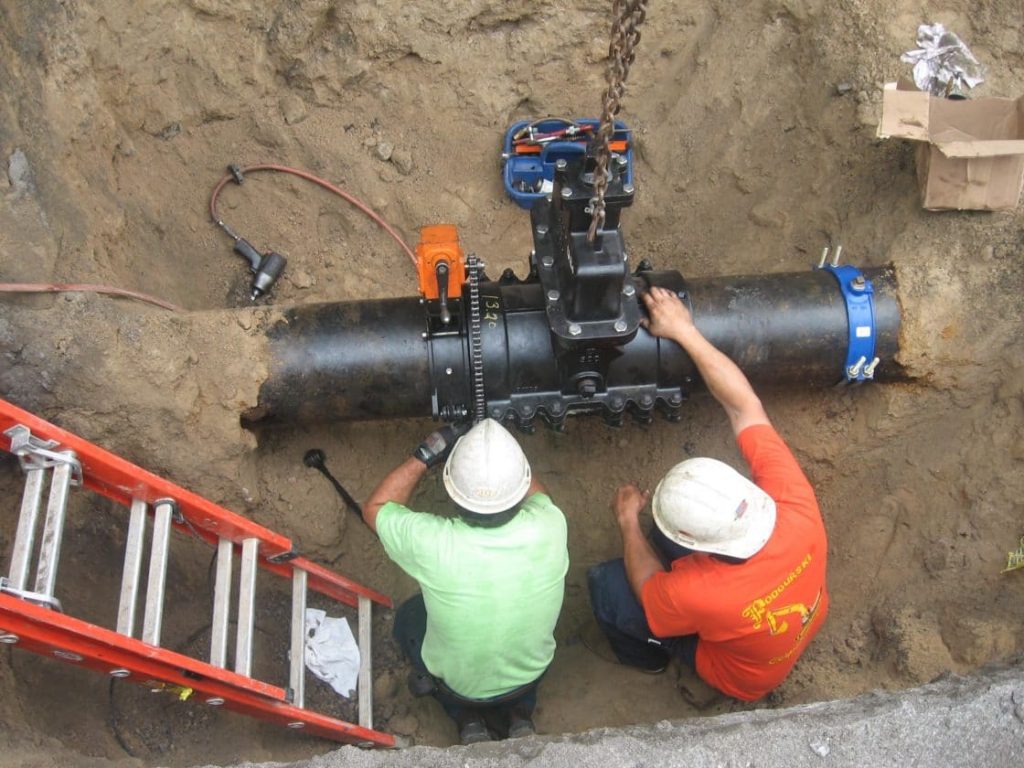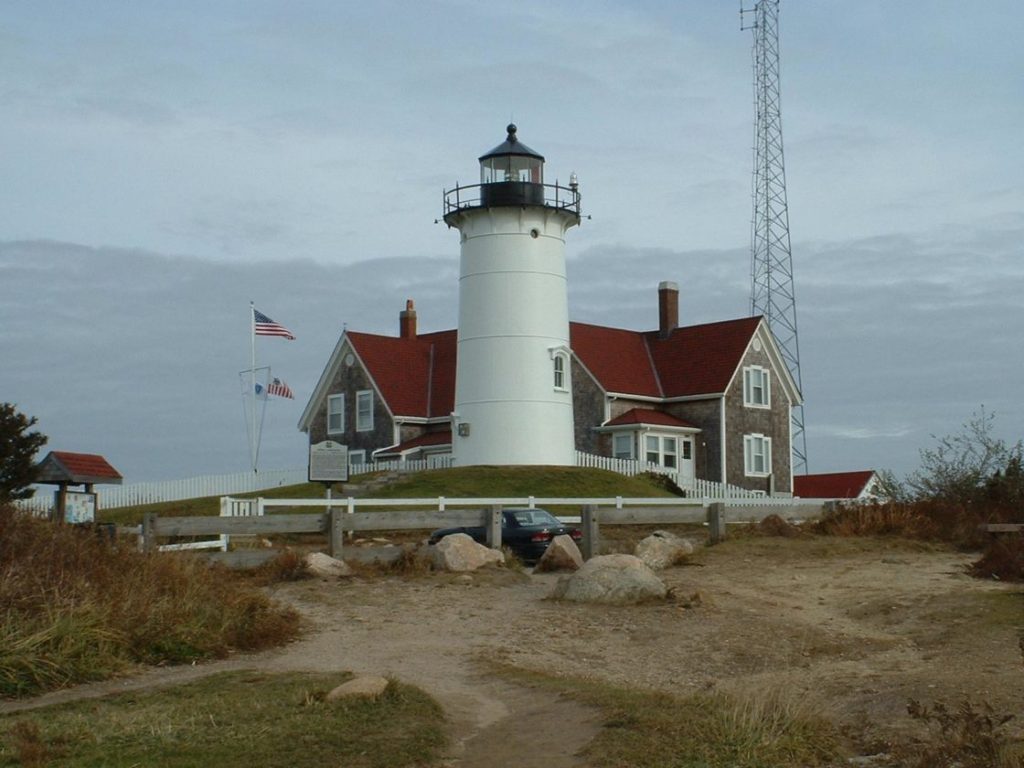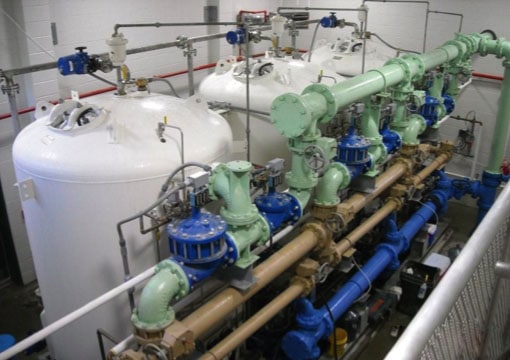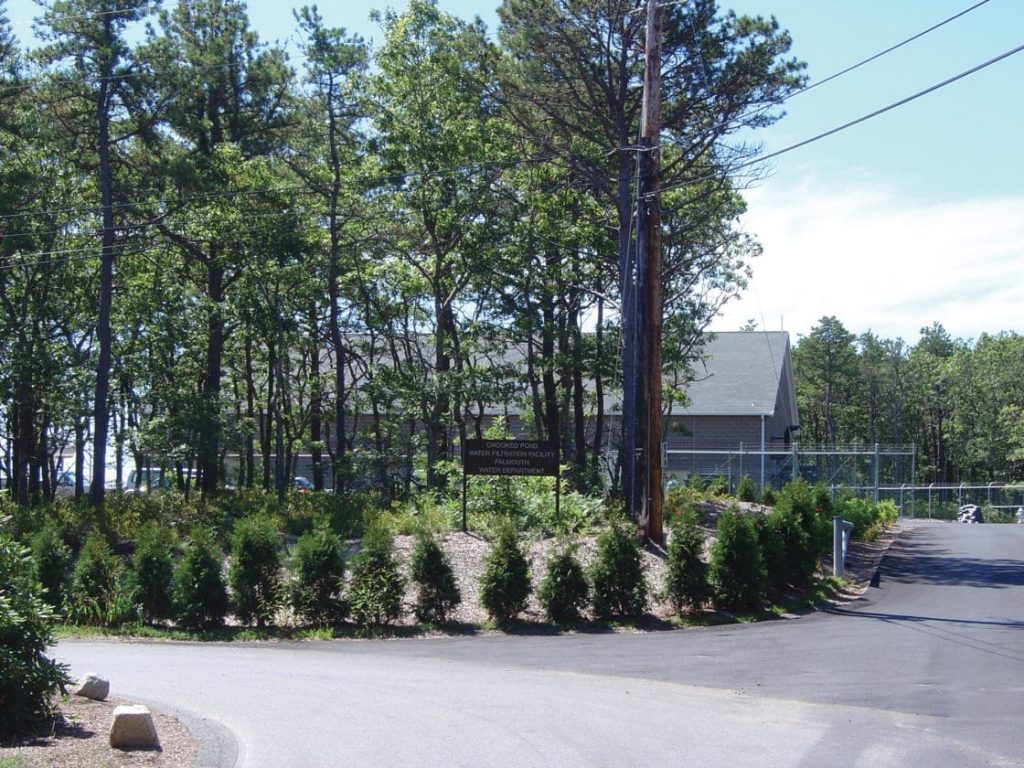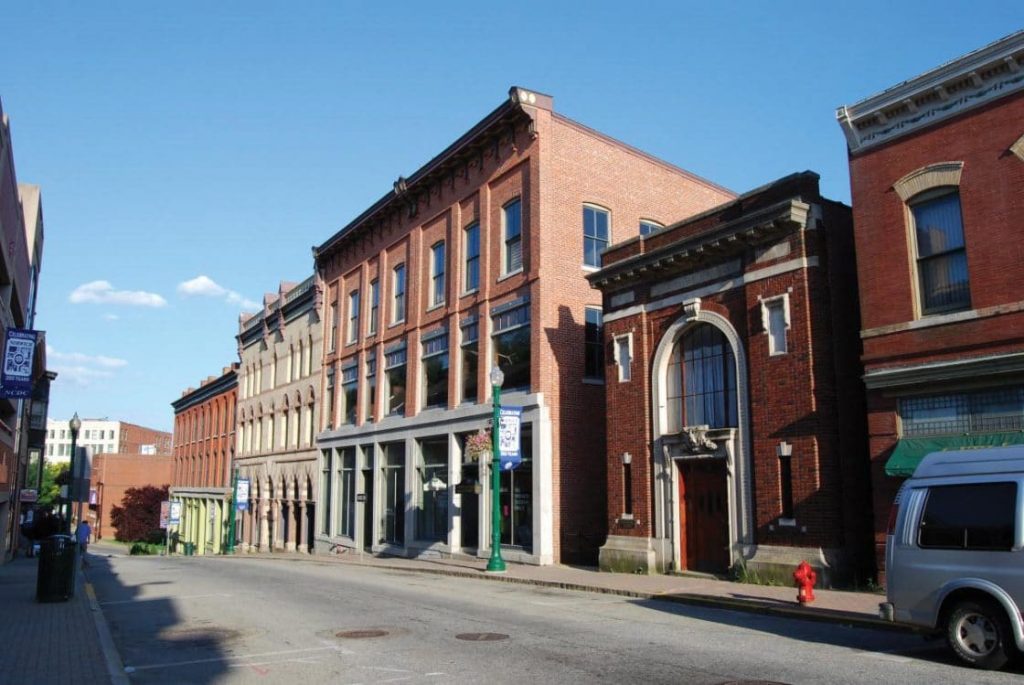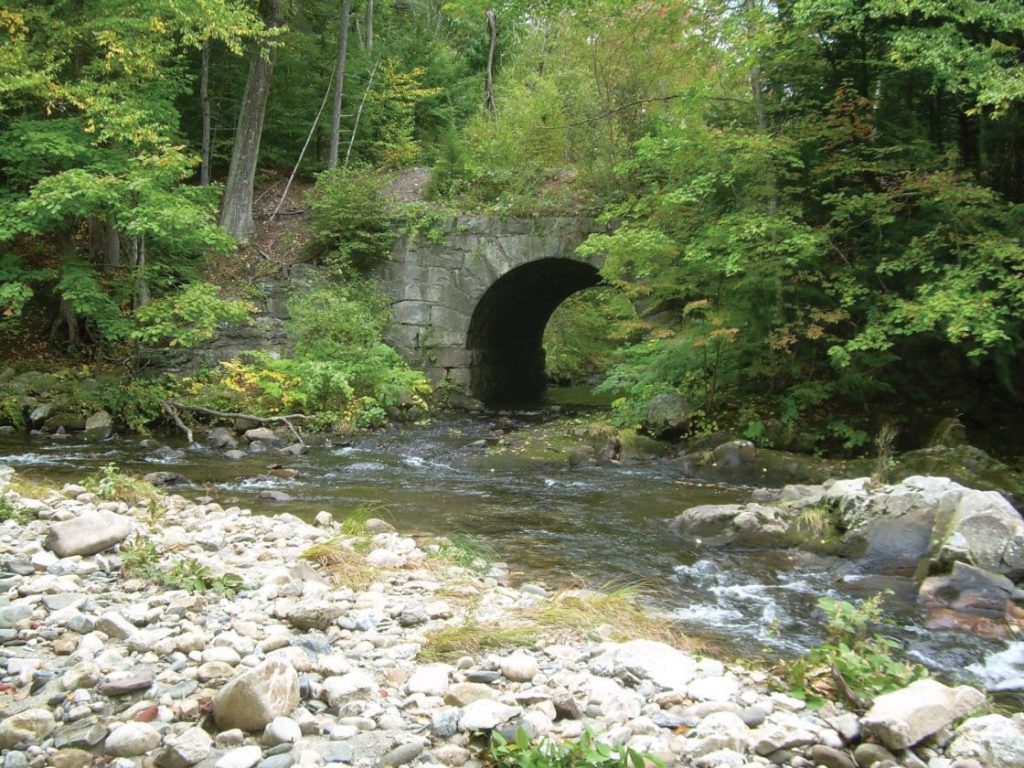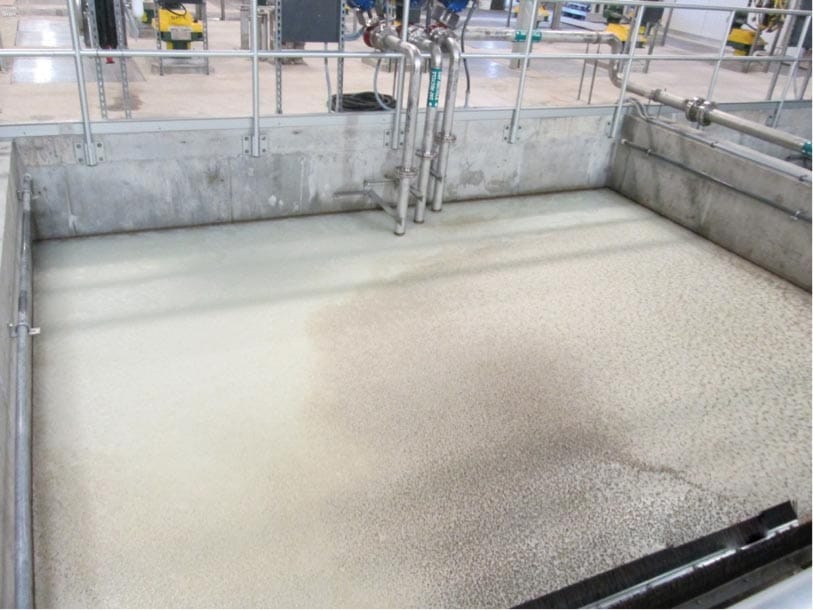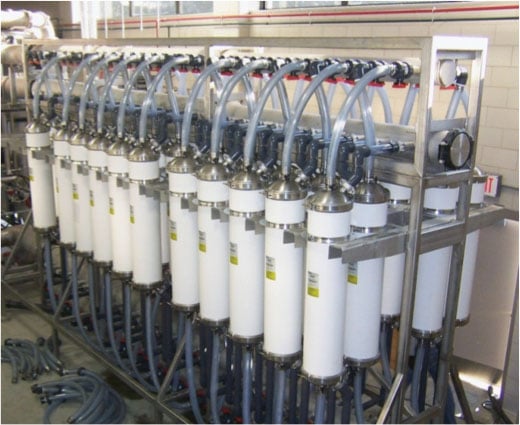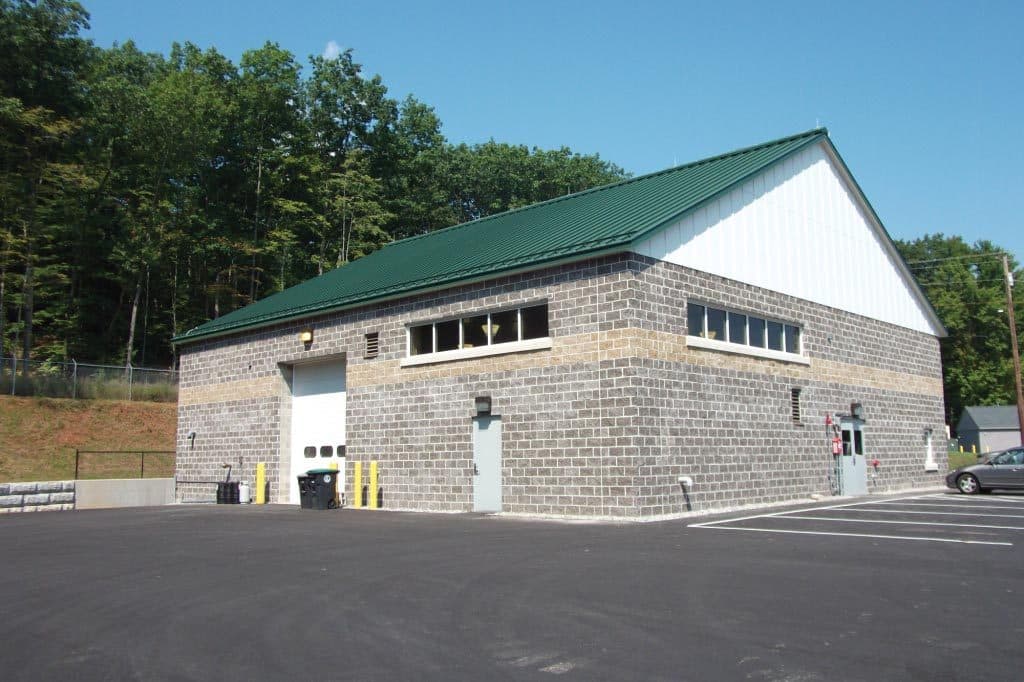
Tata & Howard has been assisting the City of Franklin, New Hampshire with general water engineering services since 2009. The Tata & Howard team has managed several phases of work, including the design and construction of the water treatment plant and distribution system improvements.
The first phase was the design and construction of 2,500 linear feet of water main on Hill Road to connect a new water treatment plant to the City’s distribution system. This project also involved use of four bioretention systems to treat and manage stormwater from the roadway, and was constructed in 2010.
The second phase of our work with the City included the design and construction of two parallel 2,500 LF sections of 12-inch diameter HDPE crossings beneath the Pemigewasset River using horizontal directional drilling to transport water from the City’s Franklin Falls Well to the water treatment plant site.
Tata & Howard managed the survey and geophysical studies and prepared a Preliminary Design Report and Environmental Review documents for several phases of work. The City’s wells are surrounded by lands controlled by the US Army Corps of Engineers, which required that we complete an extensive permitting process to secure permissions for the final design of the project.
Tata & Howard completed design, construction, permitting, and funding applications for a 1,000 gallons per minute groundwater treatment plant to remove iron and manganese from three of the City’s wells. The plant has four pressure filters containing Greensand Plus media and using sodium hypochlorite for oxidation and sodium carbonate (soda ash) for pH adjustment. This plant went online July 9, 2012.
Tata & Howard provided design services for the construction of a new prestressed concrete tank at the site of an existing tank. The existing tank was in poor condition and due to the site characteristics, it was determined that construction of the new tank on the existing foundation of the old tank would be the best option. A second tank on the site was demolished in 2013 and a new prestressed concrete tank will be constructed in its place.
Tata & Howard also conducted a full water system analysis for the City of Franklin, New Hampshire by utilizing our proprietary Capital Efficiency Plan™ methodology. Our CEP involved creating a model of all water infrastructure in the City including sources, pump stations, treatment facilities, storage facilities, transmission, and distribution lines. Using our GIS modeling software, the system was calibrated based on fire flows in an attempt to accurately replicate the existing system. We then pinpointed deficiencies within the system based on a custom rating scale given to multiple criteria such as age, break history, material type, criticality and size. Recommendations were made for improvements in order of need. The study renewed both above ground and below ground assets. Funding for this study was in part from an Asset Management Planning Grant from NHDES.
SaveSave

